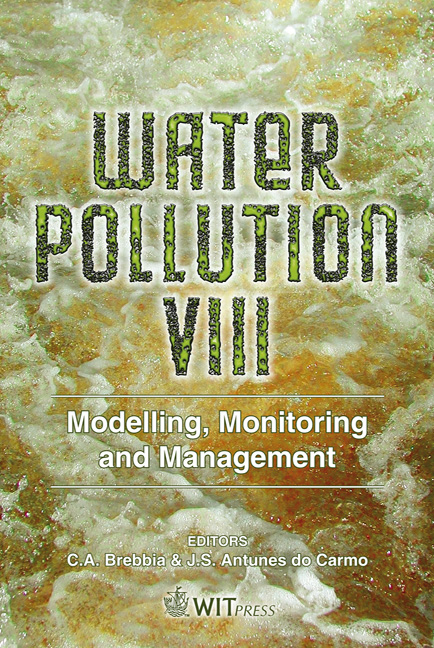Feasibility Study On The Application Of Fly Ash As A Barrier Material In Containment Systems
Price
Free (open access)
Transaction
Volume
95
Pages
7
Published
2006
Size
330 kb
Paper DOI
10.2495/WP060591
Copyright
WIT Press
Author(s)
D.-I. Myoung, G.-H. Lee, S.-H. Lee, J.-B. Park & H.-S. Kim
Abstract
In this study, fly ash was employed as a potential alternative to the bentonite in contaminant barrier against cationic heavy metal, and its feasibility was estimated. Cd sorption tests were performed with soil mixtures having different fly ash/soil mixing ratios (100:0, 80:20, 60:40, 40:60, 0:100), and soil/bentonite mixture (95:5) as a control material. Their hydraulic conductivities were measured in flexible-wall permeameter, then hydraulic conductivity tests were repeated by changing the permeant liquids from tap water to Cd2+-containing solution. Finally, Cd-breakthrough from each specimen was observed for 500 hrs to compare the effectiveness of each specimen in contaminant retardation. Test results showed fly ash had a sufficient retardation capacity against contaminants although it had little effect on the reduction of hydraulic conductivity. Keywords: contaminant barrier, hydraulic conductivity, fly ash, flexible wall permeameter test, breakthrough. 1 Introduction The amount of fly ash produced from thermal power plants has increased in every year as industrialization proceeds, and most of its disposal depends on landfilling. In recent years, various efforts for recycling fly ash have been made, and fly ash showed promising results in contaminant sorption, soil improvement, neutralization of acidic waste water. Especially, Edil et al. (1992) suggested that fly ash could be possibly applied in containment barrier for its fine particle size. Previous containment system has prevented the contaminant transport with its
Keywords
contaminant barrier, hydraulic conductivity, fly ash, flexible wall permeameter test, breakthrough.





